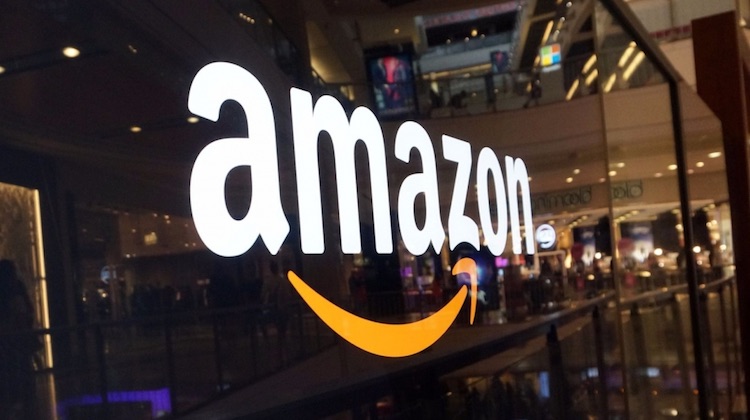The Customer Effect
Why Amazon won’t buy a bank in 2018
- For Amazon, providing financial services is just a means to an end: making more money by selling more things
- Banks know today they aren’t competing against each other for customer experience anymore — they’re competing against retailers








